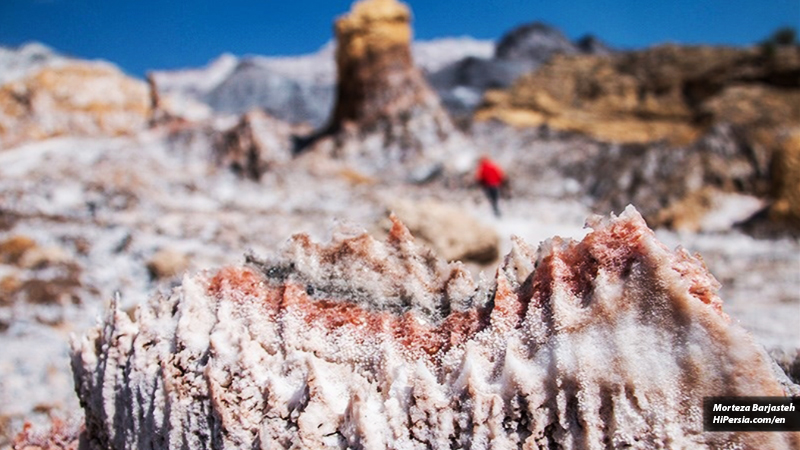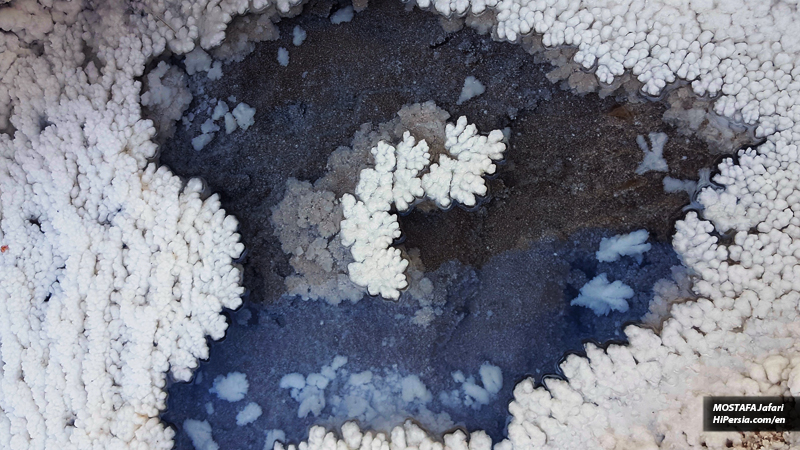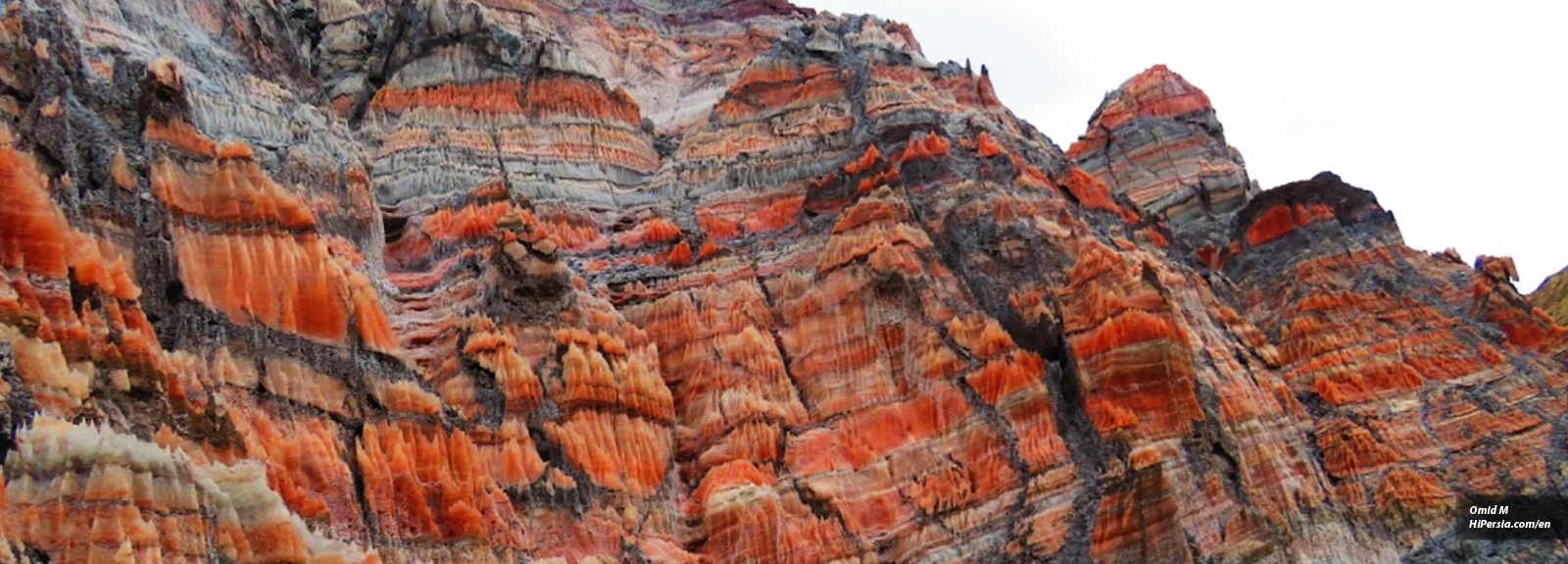1,394 Votes, Rating Value 4.92
Author: Mohammadreza Mazaheri
Edit date: 2025-07-19 13:00:51
Koh-e namak jashak
Koh-e Namak Jashak or Jashak salt dome is one of the national natural monuments, located in the southwest of Iran. It looks so stunning due to its Table salt. Stay with us to know about the largest salt dome in the Middle East.
In the beginning, let’s talk about what is the meaning of Koh-e Namak; it means salt dome or a mountain made of salt. Koh-e Namak Jashak, which dates back to 600 million years ago, placed in Bushehr Province, southwest of Iran, in the Zagros Mountains. Koh-e Namak Jashak is placed in the heart of the Jashak Mountains with 12 kilometers long and 4.5 kilometers wide. This salt dome has an area of 3666 hectares and a summit with a height of 1350 meters above sea level.

-
How are the salt domes made?
Koh-e Namak or salt dome is a geological phenomenon with a central salt core, formed by the massive underground salt layers. Sudden tremors and movements of the salt layers, cause bumps in the ground, and salt domes are formed in different shapes and sizes.
-
Different part of Koh-e Namak Jashak
Koh-e Namak Jashak is an active salt dome in Iran, which consists of different elements as follows:
-
Colorful salts
People think salt is only white, but there are some colorful salts in nature that will be so interesting. Koh-e Namak Jashak includes many minerals and crystals due to the presence of certain elements, have varied colors of red, brown, yellow, black, and orange and look stunning.

-
Salt glacier
You will see some spectacular salt glacier on the northwest of Koh-e Namak Jashak, formed as a result of the movement of salt masses along the slope of the Earth. They are similar to the glaciers with a difference in which salt glaciers can retain heat.
-
Salt water flow
Due to the evaporation of water in the dry seasons, some elegant salt crystals are formed in the direction of water flow in the Koh-e Namak Jashak.

-
-
Salt caves
There are some marvelous salt caves in Koh-e Namak Jashak, which includes a lot of salt crystals like Stalagmites and Stalactites with various shapes such as a bunch of grapes.

-
-
The effects of erosion
This salt dome is still active, but as it increases in height each year, erosion factors reduce it and create a special balance in nature. The effects of water and wind erosion have created attractions here, most notably.
-
Takht-e Div
Perhaps the Takht-e Div or Hoodoo can be considered the most beautiful eroding phenomenon of this salt dome. This phenomenon is seen as columns that have their names because of their shape. They are called the finger of Gods as well. Some believe that these columns will protect the dome as well as permanent guards. The columns and peaks are sky-high in every corner of this area. The height of these columns is between ten centimeters to more than ten meters.
-
Salt Springs
Another astonishing part of Koh-e Namak Jashak is the salt springs that flow saltwater on the ground from deep down to save the life of the area. If these springs stop working, all the beauty of the Koh-e Namak Jashak and its stalagmites will be lost, and this natural attraction will destroy.
-
GolKalam Valley
The equivalent of GolKalam is cauliflower in English. One of the other most amazing parts of this area is the GolKalam Valley, covered with salts that look like cauliflower.

-
What is the best time to go?
If you want to see the saltwater flows of Koh-e Namak Jashak, early November until early May is the best time for this journey.
-
Getting there?
Koh-e Namak Jashak is located 144 kilometers southeast of Bandar Bushehr. West Salt Dome Access is from Bushehr - Bandar Abbas Road between Jashak Village and through a dirt road. The access to the east of the dome is after the village bridge of Kerdelan (Dashti) via a dirt road that leads to the salt dome foothills.














